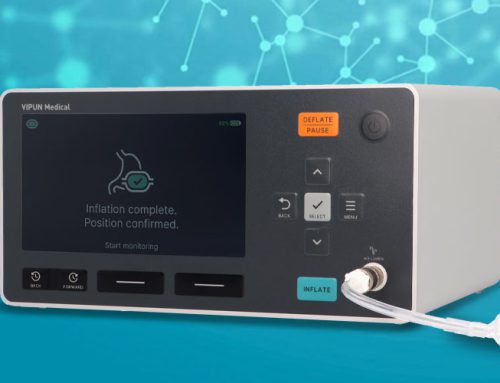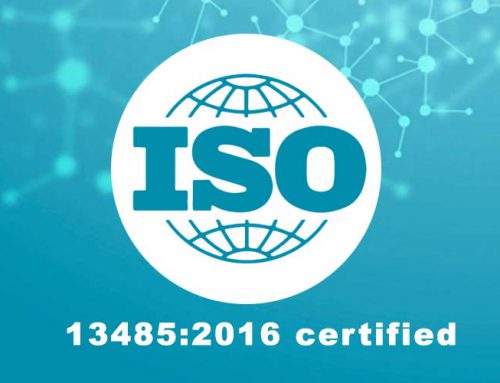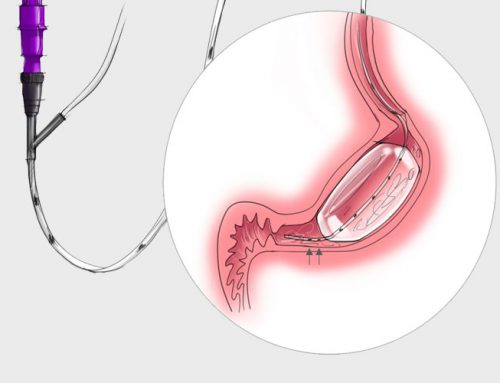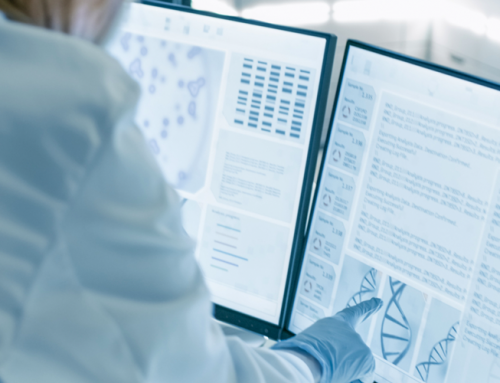The VIPUN Gastric Monitoring System (GMS) exemplifies the gastro-intestinal feedback loop, demonstrating that gastric motility, as assessed with the VIPUN GMS can be used as a tool to guide enteral nutrition speed.
VIPUN Medical bvba is a KU Leuven spin-off aiming to improve clinical outcomes by developing medical devices for stomach function monitoring.
The VIPUN Gastric Monitoring System (GMS) intends to provide medical nutrition guidance to Intensive Care Unit (ICU) and post-operative hospital staff to reduce enteral feeding intolerance and improve patient nutritional status.
VIPUN Medical and KU Leuven announce the topline results of the ANTERO-3 clinical study (NCT03664570).
The purpose of this study was to evaluate the effect of 3 different enteral nutrition speeds (25, 75 and 250 kcal.h-1) on gastric motility (assessed with the VIPUN GMS), emptying (assessed with MRI imaging) and their correlation. A total of 12 healthy subjects were enrolled which completed all 3 visits.
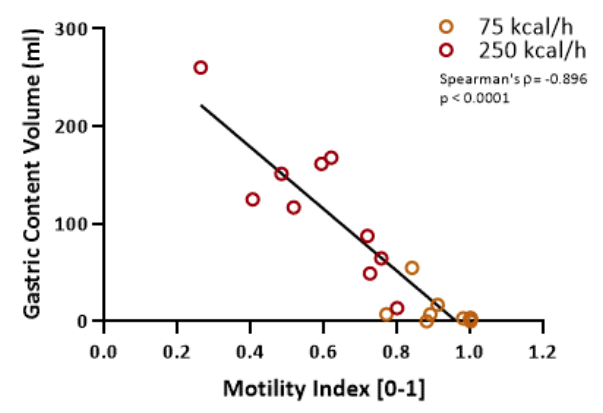 Overall, the study procedures were well tolerated and the use of the VIPUN GMS in healthy subjects in combination with the use of MRI was feasible. The study was concluded without serious adverse device deficiencies. Data from the study show that with increasing enteral nutrition speed, gastric motility and emptying decrease; this effect was absent at 25 kcal.h-1, not significant at 75 kcal.h-1 and significant at 250 kcal.h-1. Moreover, motility was inversely correlated with gastric content volume at the end of nutrient infusion (Spearman’s ρ=-0.90, p<0.0001; see figure).
Overall, the study procedures were well tolerated and the use of the VIPUN GMS in healthy subjects in combination with the use of MRI was feasible. The study was concluded without serious adverse device deficiencies. Data from the study show that with increasing enteral nutrition speed, gastric motility and emptying decrease; this effect was absent at 25 kcal.h-1, not significant at 75 kcal.h-1 and significant at 250 kcal.h-1. Moreover, motility was inversely correlated with gastric content volume at the end of nutrient infusion (Spearman’s ρ=-0.90, p<0.0001; see figure).
Imaging further revealed that all the VIPUN catheters were positioned with the balloon in the stomach; the inflated balloon remains in the stomach throughout the 8-hour recording period without relevant migration.
Prof Jan Tack, MD, PhD, principal investigator of the ANTERO-3 study, comments: “This study nicely shows the relevance of gastric motility in the determination of liquid meal gastric emptying and exemplifies the gastro-intestinal feedback loop whereby emptying of the stomach is delayed in case the duodenum detects enough nutrients in order not to overload the intestinal system”.
Pieter Janssen, CTO of VIPUN Medical, comments: “This study really shows the potential of the VIPUN GMS as a minimally invasive tool to optimize enteral nutrition to ensure that patients are fed according to their own maximum processing capacity, thereby increasing the nutritional status of the patients while reducing intolerance and complications.”
Enteral Feeding Intolerance in the ICU and post-operative ward can be the result of medication such as opioids, inflammation, surgery, electrolyte imbalances, hyperglycemia, sepsis, increased cranial pressure, impaired function of the enteric nerves and smooth muscles of the gastrointestinal tract in general and the presence of the underlying disease/trauma itself and is associated with complications ranging from mild and frequent (diarrhea, nausea, abdominal discomfort) over moderate [(ventilator associated) aspiration pneumonia] to severe and rare (intestinal ischemia, septic shock, and ultimately death).
The VIPUN GMS consists of a balloon mounted on a dual lumen naso-gastric feeding tube and a monitoring unit with embedded interpretation algorithm. Through accurate monitoring of gastric motility in the ICU and post-operative ward, VIPUN Medical plans to offer physicians an objective measure of gastro-intestinal function leading to individualized medical nutrition care. As a result it is expected that the incidence and impact of enteral feeding-related complications decreases while increasing nutrition success.

